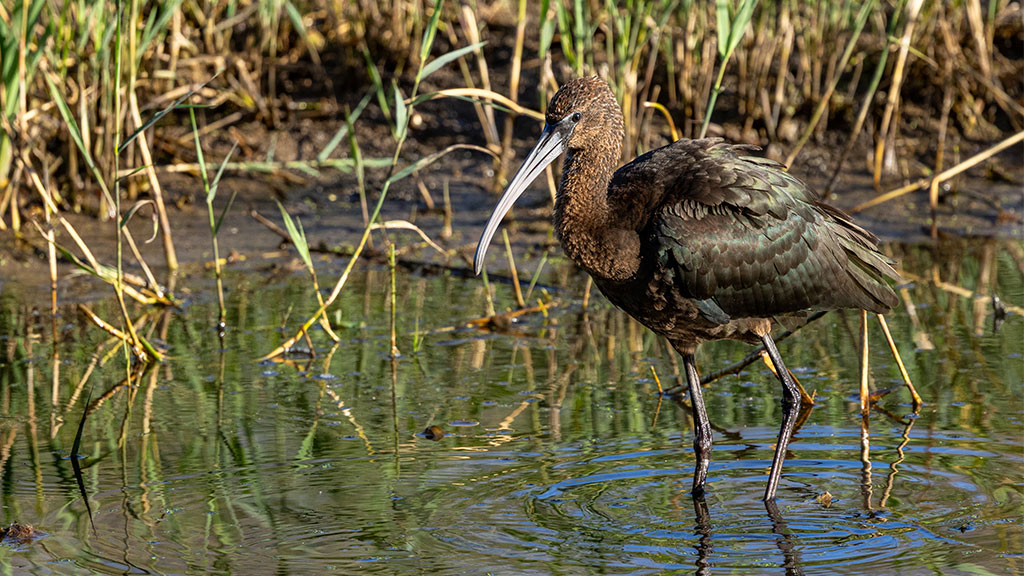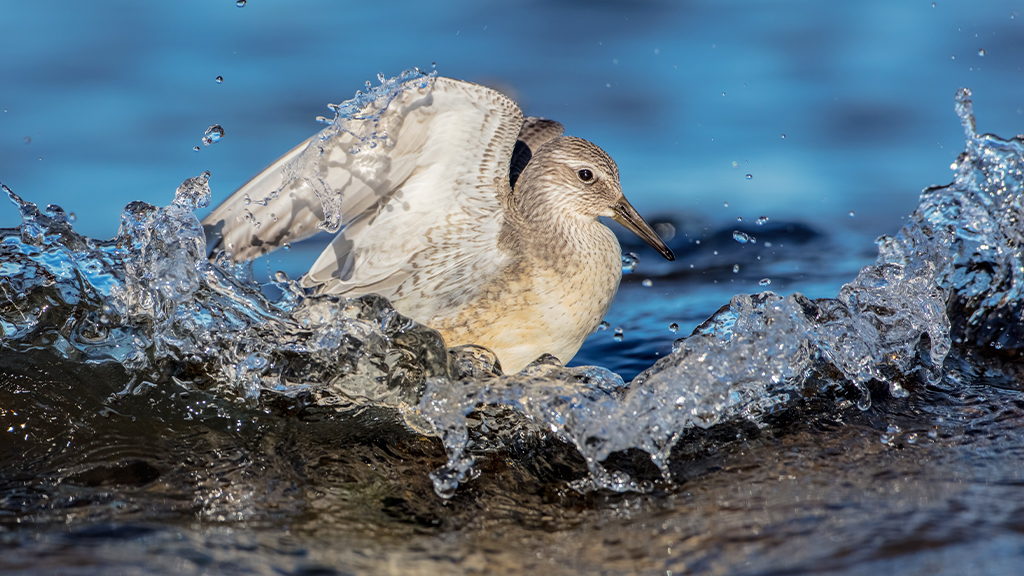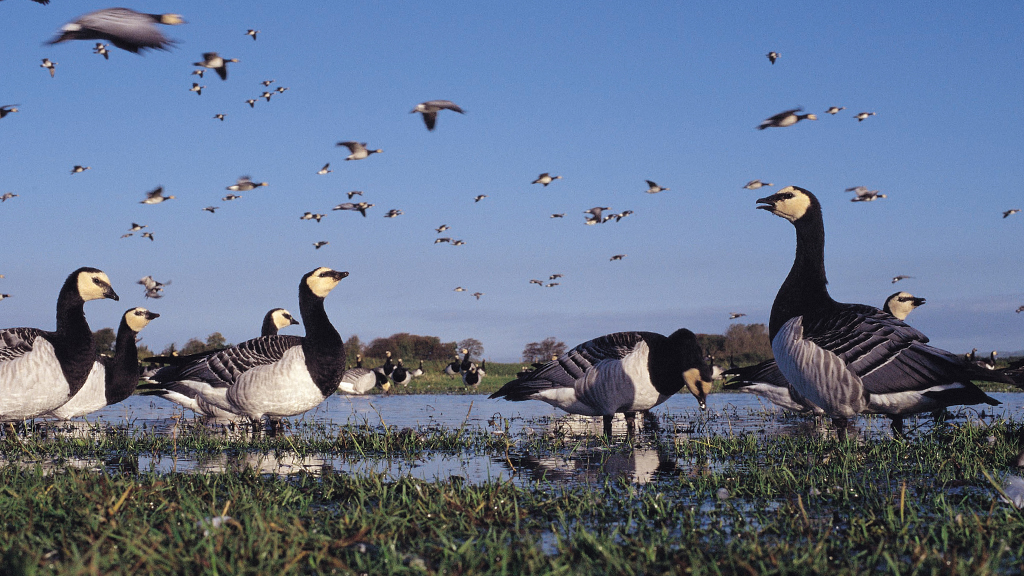Wetlands and wellbeing, whatever the season
Wetlands are not just beautiful – there is increasing evidence that they’re good for us too. Now WWT is harnessing the power of nature to improve the way we feel.
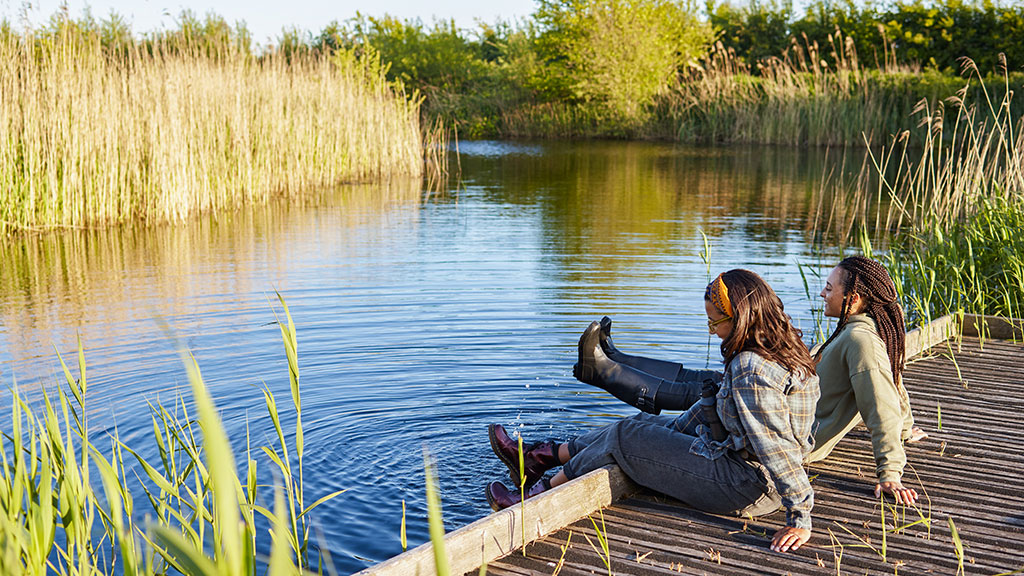
Millions of people felt their spirits lifted by nature during the first summer of the pandemic, back in 2020. It became an antidote to lockdown, our hearts raised by the sight of a swallow, a walk by the river. Few people understood its restorative powers quite as much as Joe Harkness.
Long before Covid, Joe had been in the darkest of places, so beaten down with mental health problems that he considered taking his own life: “There was a period of time when I’d lost an entire friendship group and I didn’t know what to do. I thought I could just go out walking. The first couple of times I went out and looked at birds. Until then I hadn’t been remotely interested in wildlife. But it didn’t take long for me to realise that something good was happening. I thought – this is giving me some focus, this is making me feel happy. I began to find purpose, hope, direction, solace, comfort.”
Almost miraculously, Joe had stumbled into an effective way of treating himself. He was unwittingly following the ‘five ways to wellbeing’, recommended by mental health charity Mind, through nature. Once enlightened, he dubbed them his ‘five ways to wellbirding’. He looks back at that dark time convinced that wetlands, in particular, were his salvation.
“There’s an extra dimension. I just know that in places with water I’m going to see more. When I go out to a lake, I know I’m going to see mute swans, moorhens and little grebes. But I also have the absolute reassurance that I will see a different bird to the ones I normally see. Anything else is an added bonus. It brings hope.
“Then add the different seasons and what might drop in. Waders on migration, whatever might turn up if the wet meadow floods. And it isn’t just birds. There’s a whole plethora of other things to look at, and in wetlands I see more plants and insects. Water is a sustaining part of our environment for everyone and everything. I’m certain that going to these places will bring new experiences and that can only lift my mood.”
Blue prescriptions
Joe’s own recovery came at a time when professionals were rethinking their approaches to treating patients with mental health issues. A new way of thinking, that considered the personal needs and inclinations of the individual, came into being under the banner of ‘social prescribing’. The NHS describes it as “helping patients to improve their health, wellbeing and social welfare by connecting them to community services, which might be run by the council or a local charity”. It was a natural step for this to include nature. Green prescribing began. And blue prescribing too? Could wholehearted acceptance of wetlands as places to benefit human mental health provide yet another reason for creating, improving and valuing them?
Pilot scheme
About six years ago, WWT dipped its toe into the wellbeing water, setting up a pilot scheme at Slimbridge for a small number of local people affected by mental health issues. The results were encouraging, the project expanded. First Steart Marshes in Somerset and then, in 2022, blue prescribing arrived in the UK capital.
Raksha Patel-Calverley joined WWT as Health and Wellbeing Officer in a partnership project with the Mental Health Foundation at London Wetland Centre: “Every morning I take myself out for a walk along the Thames before work to remind myself of why I’m there. It’s really important to get into the mindset of being around blue spaces, how they can impact on us, how they can ground us on a daily basis. You can be walking and worrying about things, but when you stop to watch the birds, you are completely absorbed in that moment.”
The wetland centre welcomed its first participants from all across London for the six-week course with Raksha and Project Manager Abimbola Junaid in the spring. “Beforehand, people were anxious and nervous. They’d never met us or each other before and didn’t know what to expect. They wanted to take their time, walk at their own pace and absorb everything. They just wanted to slow right down because life had been too busy.”
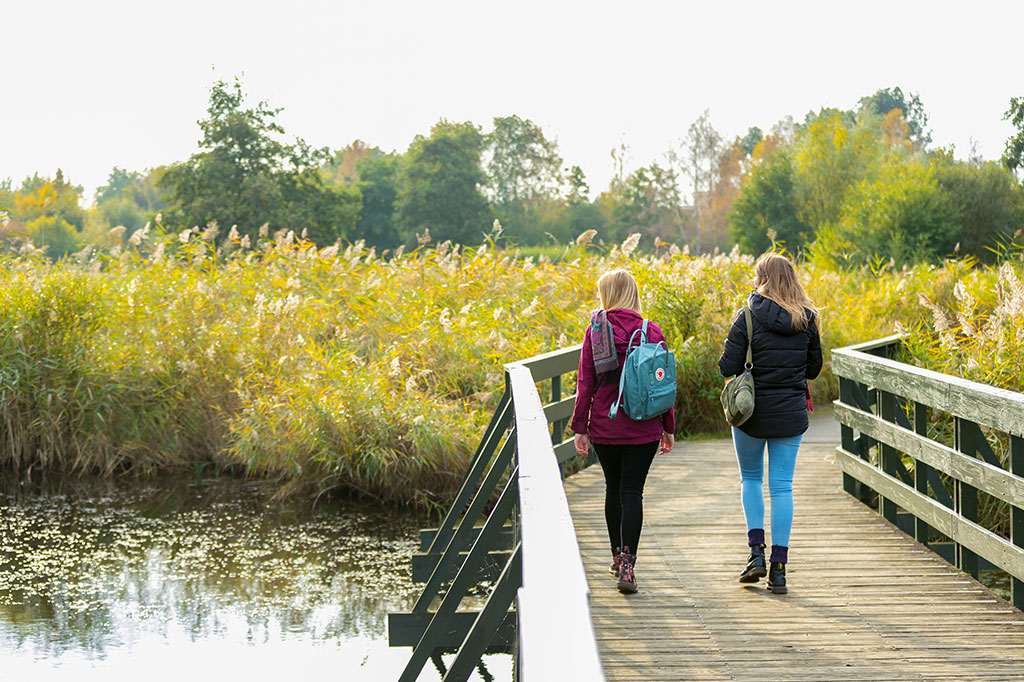
Very quickly, Raksha began to notice improvements in mood and confidence. She had prepared course materials and activities such as bark rubbing, tree hugging and birdwatching using binoculars, many of which the participants had never tried before. Ordinary visitors in the hides freely offered advice and kindness.
“Some of the participants started to feel more comfortable opening up about the really hard times they had been through. Sometimes the tenderness they showed each other left me lost for words. One lady wrote to us about feeling anxious and depressed part way through, saying ‘I still went to the course and I was able to talk openly with them and they helped me put into order how I handled things... Then we went on a nature walk, which is really great to clear your mind and feel at peace with yourself.’”
The participants began to grow in themselves. “The course is really about the individual and it’s self-managed. Never mind if I have three activities planned, it’s about asking the group what they want to do. People come on this course so that they develop tools they can use in their daily life after it is finished. We don’t want them to be dependent on us, we’re supporting them to make their own decisions.”

Next steps
Where does blue prescribing go next? The big picture comes from Jonathan Reeves, WWT's Principal Research Officer for Health and Wellbeing: “The next step is to provide robust and convincing data to show the medical establishment that programmes like blue prescribing work.”
Jonathan says we are at a threshold: “Both the Government and the NHS are leaning on the charity sector and community groups as providers, but it’s still unclear how we will work with the NHS in terms of delivering programmes. In our field, social prescribing depends on the availability and capacity of nature charities in an area, what their appetite is for leading it, where they get the funding. What works for us might not work for another organisation and there will be wide variation in the ability of different organisations to carry out a nature prescription.
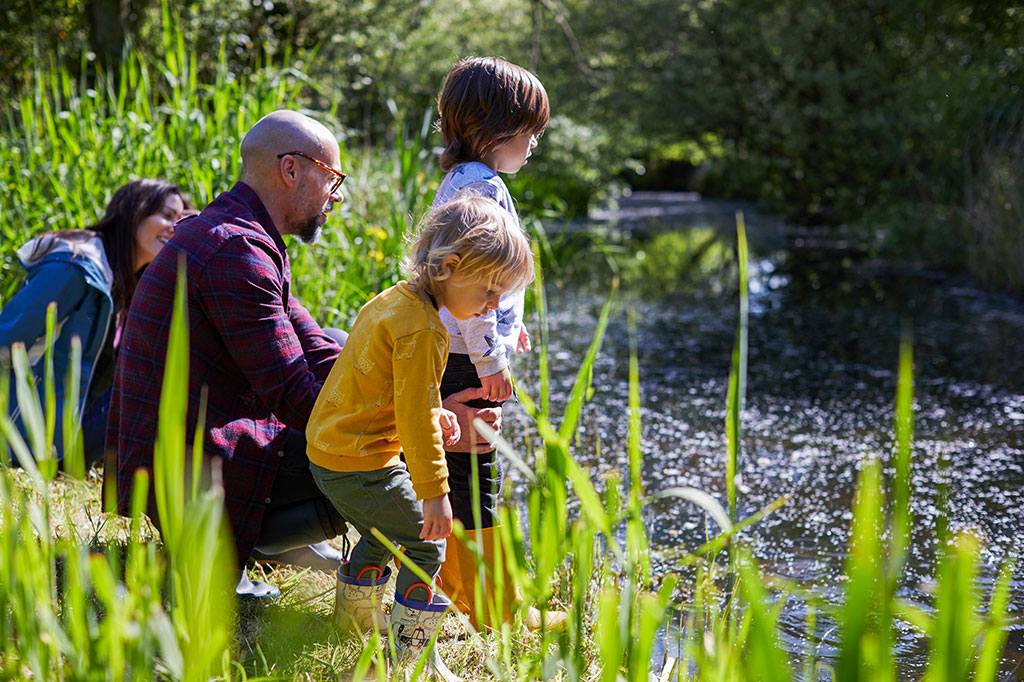
“There isn’t one model that fits all, even within WWT. While Slimbridge and London offer well-established visitor infrastructure and birds up close, Steart has basic facilities and is less bird-focused. So there needs to be close working between us, the community groups and the health sector.”
While we are not currently offering courses at our sites, you can find support for mental health here for services and organisations that can directly help people experiencing mental health problems.
Wellbeing for humans, wellbeing for wetlands. If we can put them together, the prospect is truly exciting.
Five ways to wellbeing in nature
1 Connect
We can connect to nature and connect to other people through nature. Talk to others about what you have found and share the delights of discovery. Even the briefest of chats on a wild walk helps to build social relationships, a fundamental human need.
2 Be active
Regular physical activity is associated with lower rates of depression and anxiety across all age groups. Your visit to a wild place is exercising your mind as well as your body, and it doesn’t need to be strenuous to work.
3 Take notice
Studies show that having awareness of what is around us and living ‘in the moment’ enhances our wellbeing. Can you feel satisfaction in spotting a dragonfly on its perch, or even a kingfisher concealed in the bushes?
4 Learn
Sustaining our desire to learn enhances our self-esteem, and encourages social interaction and a more active life. Take pleasure in discovering new things on your visit to a wetland. You might watch and then read up on how a swan preens, or how a cormorant catches fish. Setting ourselves achievable goals is strongly linked to higher levels of wellbeing.
5 Give
People with a greater interest in helping others are more likely to believe themselves happy. And maybe the same applies to helping nature. Could you benefit wildlife and help others to enjoy wildlife more?
Ready to get your next nature fix?
Discover the benefits of wetlands and nature for your mental health by visiting one of our centres.
Not a member? Book online and save time on arrival.
Find your nearest WWT wetland site